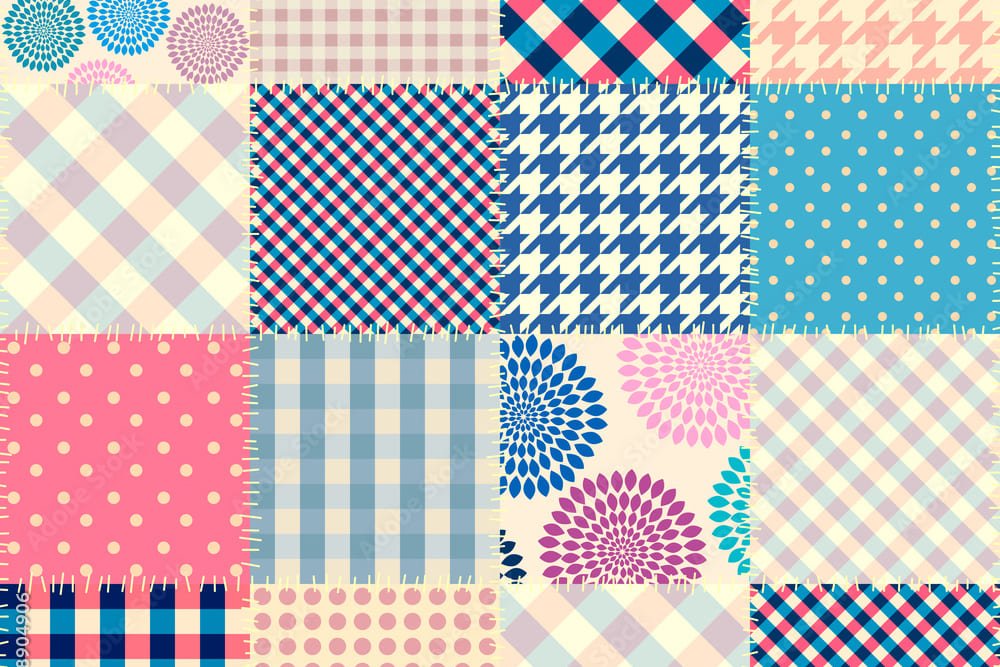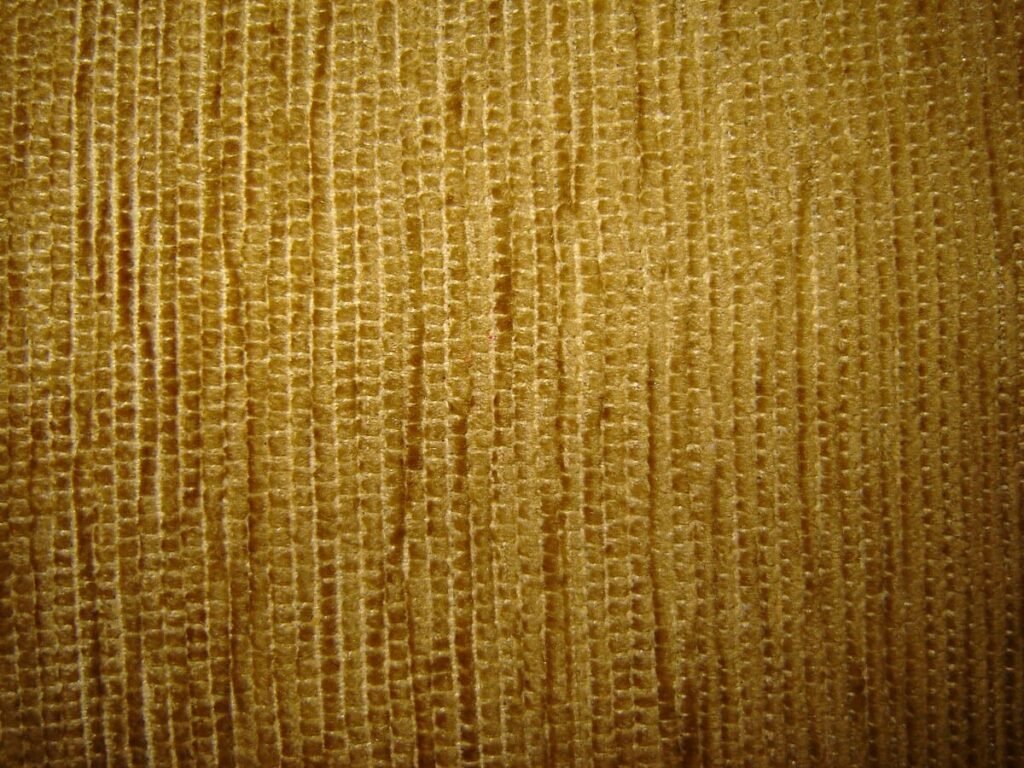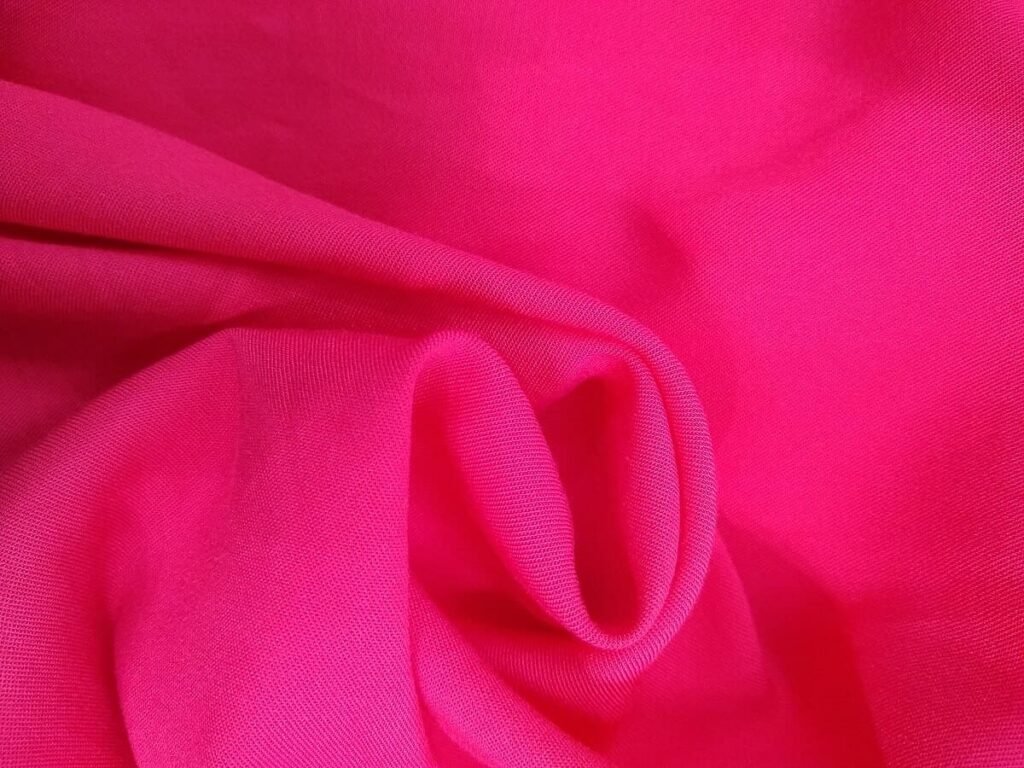Rayon, a fascinating semi-synthetic fabric, is crafted from residual cellulose or wood pulp. While sharing similarities with natural fabrics like silk, its unique composition and characteristics prompt the central question: Is Rayon Stretchy?
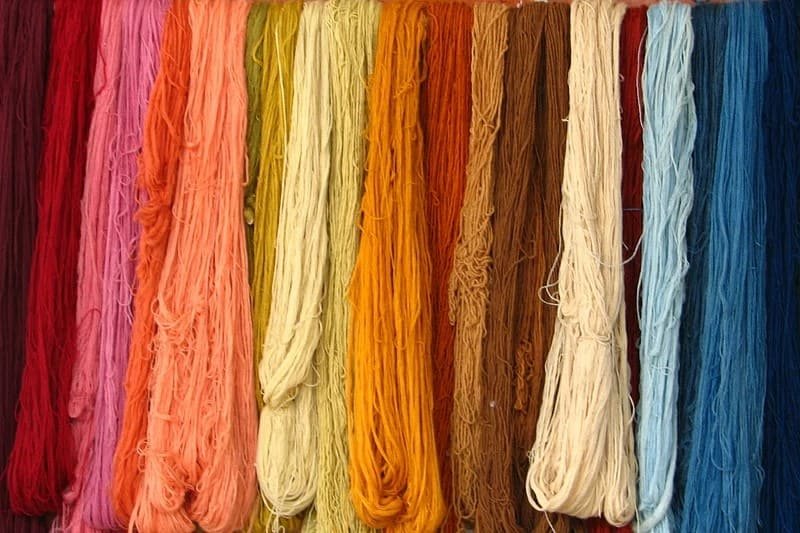
What is Rayon?
Rayon is a captivating semi-synthetic material, created from the blending of leftover cellulose from cotton production and the wood pulp of pine, spruce, and hemlock trees. This natural cellulose undergoes a magical chemical transformation, turning into plastic-like fibers that weave the foundation of this versatile material. But the burning question lingers: Does Rayon possess the elusive trait of stretchiness? Dive into the depths of this article to unravel the answer and navigate the nuanced world of Rayon.
Is Rayon Stretchy?
The bottom line is: No, Rayon isn’t naturally stretchable.
Rayon, in its natural state, is not inherently stretchy due to the lack of elasticity in its fibers, preventing vertical or horizontal extension. However, rayon fabric can acquire stretchability, especially when blended with spandex or in the form of knit rayon, providing both aesthetic appeal and improved elasticity for the wearer. This semi-synthetic fabric exhibits a sensitivity to heat and moisture, with fibers capable of absorbing moisture and expanding when exposed to water.
Does rayon stretch when wet
Yes, rayon has the ability to stretch when wet. The fibers of rayon, unlike many other synthetic fibers, can absorb moisture and expand when exposed to water. This unique characteristic allows rayon fabric to become more pliable and flexible when damp. However, it’s important to note that this stretchability is primarily facilitated by the absorption of moisture and is not an inherent quality of the fabric under normal conditions. The ability to stretch when wet can be advantageous when using certain stretching methods to reshape shrunken rayon garments.
Will Rayon Garments Shrink
It depends on various factors, including the type of rayon, its blend with other materials, and the care methods applied.
Here is a list of rayon garments that may be prone to shrinking or are more likely to retain their original size:
Rayon Sweaters
Most Rayon sweaters utilize knit fabric for added stretch and flexibility. Effective stretching techniques, such as soaking and the use of baby shampoo, can restore a shrunken Rayon sweater to its original form.
Rayon Blouses
Rayon blouses, given their delicate and often lightweight nature, may also be susceptible to shrinking. Following proper care guidelines, like gentle washing and avoiding high heat, can contribute to preserving their original size.
Rayon Dresses
The shrinkage potential of rayon dresses varies based on their specific weave and blend. While knit rayon dresses may exhibit more elasticity, other woven varieties could be less prone to significant changes in size.
For a comprehensive guide on maintaining and caring for rayon garments, delve into my blog post on “Does Rayon Shrink? A Comprehensive Guide to Rayon Care.”
5 Methods for Stretching Rayon
Do your favorite rayon garments seem a bit snug lately, leaving you contemplating their fate in the donation bin? Fear not! Effective methods exist to breathe new life into shrunken rayon clothes, ensuring they remain a staple in your wardrobe. Explore these common techniques to salvage and stretch your beloved garments, giving them a second chance to drape elegantly and comfortably on your body.
Try Soaking in Warm Water
- Begin by immersing the Rayon garment in warm water for approximately five minutes.
- After shaking off excess water, roll it in a towel to remove residual moisture.
- Wear the garment, gently tugging on the fabric until it fits properly, allowing it to dry completely.
Baby Shampoo Method
- In a bucket of warm water, mix one or two quarts with a spoonful of baby shampoo for each quart.
- Soak the Rayon garment for five minutes, rinse it under cool water, roll it in a towel, and gently pull the opposite sides until it reaches the desired size.
- Repeat as needed during the drying process.
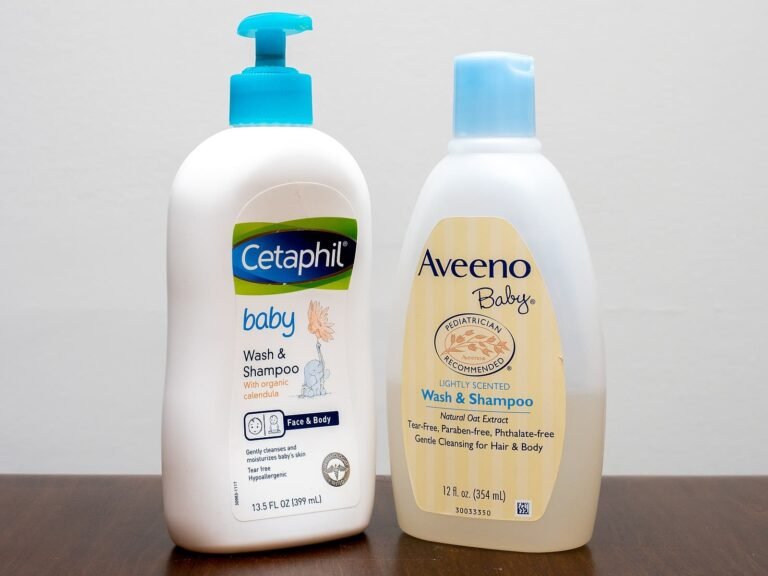
Hair conditioner Technique
If Baby Shampoo isn’t an option, try the hair conditioner technique. Similar to the baby shampoo method, this technique involves mixing lukewarm water with a tablespoon of hair conditioner. Submerge the Rayon garment, swish it around, rinse, and then stretch it while damp for optimal results.
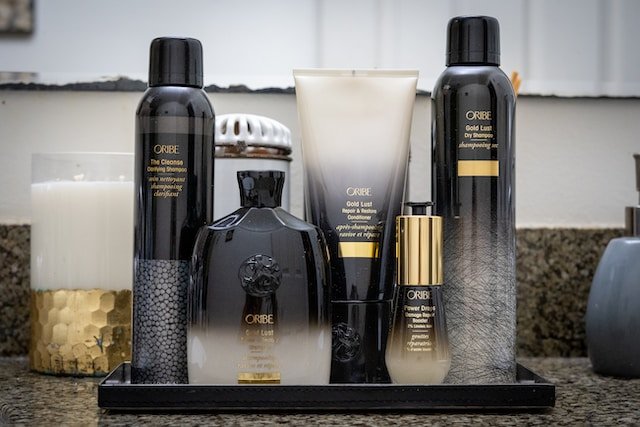
Steam Iron Method
- Spray the entire surface of damp Rayon with warm water using a spray bottle.
- Place a pressing cloth in between the iron and the clothing, and the iron should never make direct contact with the rayon.
- Use a steam iron on the lowest heat setting, moving it over the garment.
- Shape the Rayon manually after ironing while it’s still warm.
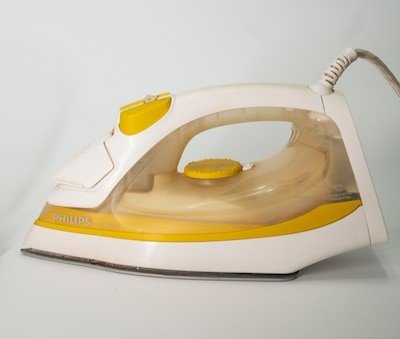
RELATED: Discover more tips on caring for your rayon garments, including effective ironing techniques, in our comprehensive guide on “How to Iron Rayon Fabric.”
Clothespins for Hands-off Stretching
- Dampen the Rayon garment
- Use clothespins or smooth weights to pin one side to an ironing board.
- Stretch the fabric taut and pin the opposite edges.
- Allow the garment to dry completely before unpinning.

Types of Rayon
Rayon, a versatile fabric, comes in numerous varieties, each with its unique characteristics. Rayon dresses drape elegantly but lack the stretch of spandex, leading manufacturers to blend spandex or create knit rayon for elasticity. You may find 3 main types of rayon found commonly in clothing – Viscose, Modal, and Lyocell.
Viscose
- Viscose, a prominent variety of rayon, is known for its ability to mimic the luster and drape of silk. Despite its popularity, it’s essential to note that viscose is prone to stretching and shrinking, making it necessary to handle with care. Commonly used in blouses, dresses, and silky garments, viscose’s aesthetic appeal often comes at the cost of heightened flexibility.
Lyocell
- Lyocell, another rayon variant, exhibits a feel comparable to cotton but distinguishes itself through a more environmentally friendly chemical process. Often sourced from beech trees, this rayon type offers superior moisture absorption, making it a practical and eco-conscious choice.
Modal
- Modal, considered the more luxurious variant of rayon, stands out for its exceptional softness. Despite being the most expensive among rayon types, it’s a preferred choice for clothing and underwear. To enhance durability and elasticity, many companies opt to blend modal with materials like cotton or spandex.
Which Fabric Stretches the Most?
Rayon vs Cotton
In the eternal battle of natural fibers, cotton takes the stretch crown, offering more elasticity than rayon. Cotton’s inherent flexibility makes it a preferred choice for those seeking garments with ample stretch and comfort.
Rayon vs Nylon
Nylon steps into the arena with a hint of absorbency, granting it a bit more stretch compared to the non-stretchy nature of rayon. While not as malleable as cotton, nylon presents an alternative for those desiring a touch of flexibility.
Rayon vs Polyester
Polyester, akin to rayon, doesn’t flex easily on its own. Both fabrics, however, succumb to stretching under external influences such as when heat is applied, especially when infused with a touch of spandex.
Conclusion
Rayon’s stretchability is not inherent, but through careful methods like soaking, using baby shampoo, or employing a steam iron, it can be restored or enhanced. Proper care, understanding Rayon types, and blending materials contribute to maximizing its unique qualities. So, the next time you wonder, “Is Rayon Stretchy?” remember, with the right approach, it can be as flexible as your needs demand
As we bid adieu, remember that maintaining your rayon garments involves more than just stretching. Explore our other guides on Does rayon shrink? and How to iron rayon? for comprehensive care tips.

